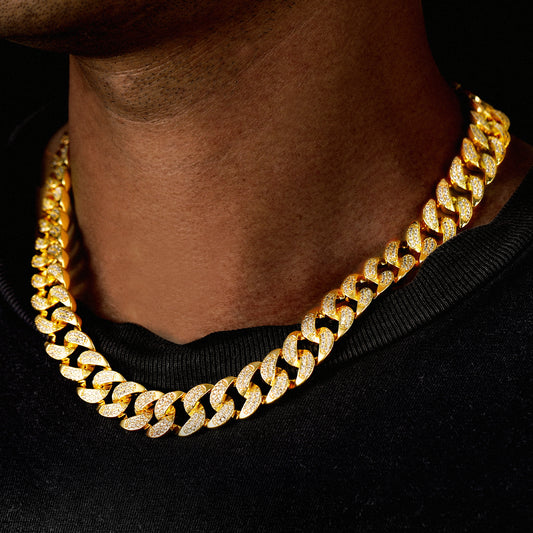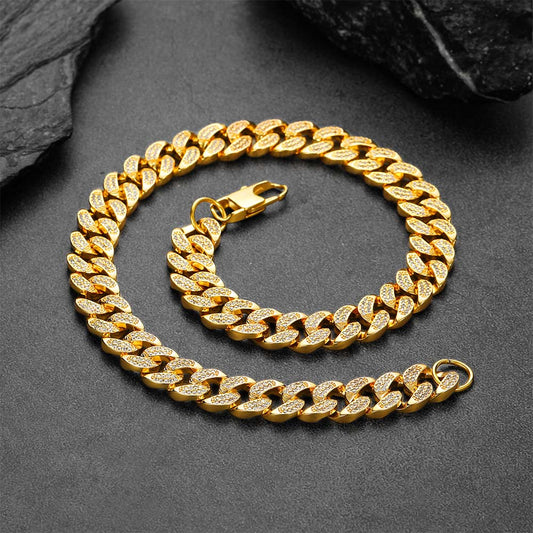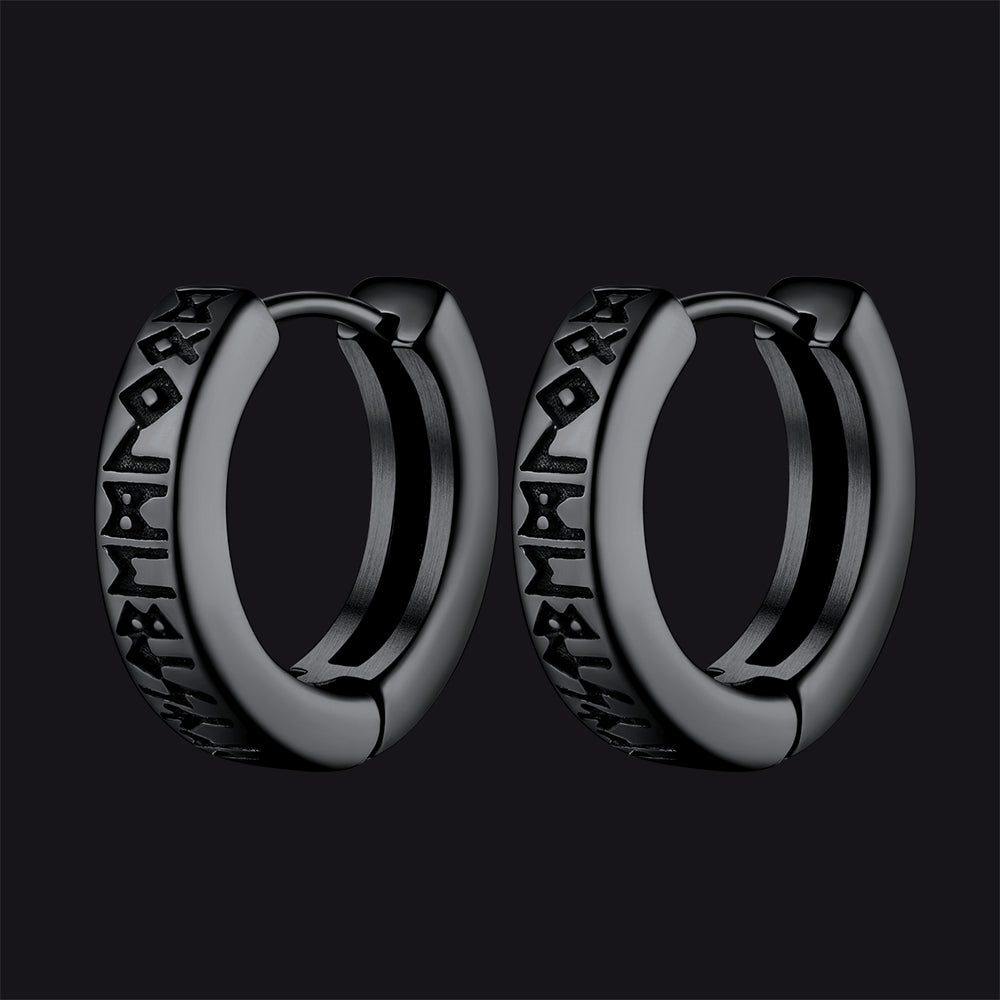What's the Difference Between Plated, Filled, and Solid Gold Jewelry?
Key Takeaway
Each type of gold jewelry has its own strengths:
- Solid gold is the most durable and precious , perfect for heirlooms and daily wear.
- Gold filled provides a smart balance of quality, cost, and durability .
- Gold plated is the least expensive , but best for fashion or occasional pieces.
Being aware of these differences can allow you to shop confidently and receive the best value for money.

| Feature | Solid Gold | Gold Filled | Gold Plated |
| Gold Content | 41.7%–99.9% (10K–24K) | At least 5% real gold by weight | Thin layer (usually <0.05%) |
| Durability | Highest; lasts generations | High; lasts years | Low; wears off quickly |
| Tarnish Resistance | Excellent | Very good | Poor |
| Skin Safety | Hypoallergenic (esp. higher karats) | Usually safe for sensitive skin | May cause irritation |
| Maintenance | Easy; polish for shine | Simple cleaning, avoid harsh wear | Needs gentle care, avoid moisture |
| Price | most expensive | mid-range | most affordable |
| Resale Value | High; holds value | Low | Very low |
| Best For | Heirlooms, daily wear, investments | Everyday jewelry, gifts, value | Fashion, trendy, occasional wear |
| Common Karats | 10K, 14K, 18K, 22K, 24K | Usually 14K | Usually 14K or 18K layer |
| Cons | Expensive, softer at high karats | More costly than plated, limited resale | Short lifespan, can irritate skin |
Buying gold jewelry can be perplexing with all the various terms found in the market. Plated, filled, and solid gold items may appear similar at first glance, but they vary significantly in value, durability, and how well they will hold their luster .
What Is Gold Plated Jewelry?
Gold plated jewelry is made by coating a base metal such as brass or copper with a thin layer of real gold. This provides the appearance of solid gold at a much lesser cost. The gold layer is plated using a process known as electroplating . Gold plated jewelry is widely available in a range of styles, including simple chains and flashy fashion jewelry , and is a popular choice for those who desire the gold appearance without the high cost.

Benefits of Gold Plated Jewelry
-
Reasonably priced: Gold plated jewelry is much more affordable than solid gold, and thus it becomes within the reach of more individuals to wear the gold look without spending a fortune.
-
Versatile and Stylish: It is available in a great variety of styles, so you can find one to suit every trend and style.
-
Appears Like Genuine Gold: Gold plated jewelry shines as brightly and beautifully as solid gold to most people.
-
Low Maintenance: It doesn't need daily polishing and is simple to maintain with low upkeep.
-
Good for Occasional Wear: Perfect for special occasions or trying out new styles without spending a lot.
Drawbacks of Gold Plated Jewelry
-
Shorter Lifespan: The gold layer is so thin that it can wear off with frequent use, exposing the base metal underneath.
-
Susceptible to Tarnishing and Scratching: It is less resistant to tarnishing and scratching compared to solid gold, particularly when worn daily or when exposed to water and chemicals.
-
Possible Skin Reactions: The base metal can react on your skin if you have sensitive skin once the gold layer wears thin.
-
Lower Value: Gold plated jewelry does not retain its value like solid gold and usually isn't suitable for resale.
-
Needs More Care: You will have to keep it from water, sweat, and strong chemicals in order to maintain its appearance.
Gold Filled Jewelry Explained
Gold filled jewelry is made by heat and pressure-bonding a thick layer of real gold over the base metal, usually brass . The gold layer in gold filled pieces is considerably thicker than in gold plated ones—about 100 times thicker. That renders gold filled jewelry a solid option for anyone wishing for the appearance and feel of solid gold without the hefty price. The majority of gold filled jewelry is 14K gold , which has a warm, rich color and a durable luster.

Advantages of Gold Filled Jewelry
-
Long-Lasting: Gold filled jewelry lasts well under everyday conditions and rarely tarnishes or flakes.
-
Affordable Quality: It is an excellent compromise between price and durability, thus a budget-friendly upgrade from gold plated pieces.
-
Safe for Sensitive Skin: The thick gold plating generally keeps skin irritation at bay, making it a safe choice for individuals who have metal allergies.
-
Easy to Maintain: Gold filled jewelry retains its luster with simple cleaning and proper maintenance .
-
Looks Like Solid Gold: Most individuals cannot tell the difference simply by appearance.
Disadvantages of Gold Filled Filled Jewelry
-
Greater Expense Than Plated: It is more expensive than gold plated accessories but much less than solid gold.
-
Limited Resale Value: Gold filled items don't retain value like solid gold and thus are not an investment.
-
Not Indestructible: The gold plating will wear off after decades, particularly if the item is scratched or subjected to caustic chemicals.
-
Fewer High-End Designs: Some of the high-end brands only work with solid gold, so gold filled items may be more limited in style.
Solid Gold Jewelry Overview
Solid gold jewelry represents the highest luxury for those who desire lasting beauty and value. C onstructed of gold or a gold alloy entirely , the items are renowned for their rich color, strength, and capacity to retain their shine for years to come. Solid gold is usually chosen for special gifts, wedding bands, and family heirlooms.

Basics of Solid Gold
Solid gold jewelry comes in different purities, measured in karats . Pure gold is 24 karat (24K), but it's soft and can bend or scratch easily. Most jewelry uses 18K (75% gold), 14K (58.3% gold), or 10K (41.7% gold) to balance strength and beauty. The rest of the metal mix usually includes copper, silver, or zinc, which help make jewelry more durable and can change the color of gold. For example, rose gold gets its pink hue from copper, while white gold is mixed with metals like palladium or silver and often plated with rhodium for extra shine.
The higher the karat, the deeper the gold color and the higher the price. Lower karat gold is stronger and more affordable, but has a paler color.
Advantages of Solid Gold
-
Long-Lasting: Gold jewelry can be worn for generations and never loses its shine or becomes tarnished.
-
Holds Value: It retains its value over time and can actually be passed down or sold as an investment.
-
Hypoallergenic: High-karat and pure gold is hypoallergenic, meaning it is safe for sensitive skin and unlikely to cause irritation.
-
Classic Style: Gold has a warm, rich color that will never go out of fashion.
Drawbacks of Solid Gold
-
Costly: Solid gold is far more expensive than gold plated or filled jewelry.
-
Softer at Higher Karats: Pure and high-karat gold is softer and more prone to scratch or bend than lower karat or gold alloy items.
-
Heavier: Solid gold items are heavier, something that might be uncomfortable for large earrings or chunky necklaces.
-
Needs Care: Though strong, solid gold is not scratch-resistant, so be gentle with it and don't wear it abrasively.
How to Choose the Right Gold Jewelry for You
Picking the right type of gold jewelry depends on your needs, budget, and lifestyle. Here are some tips to help you decide.
- If you want a piece that lasts a lifetime, holds its value, and is safe for sensitive skin, solid gold is your best bet. It's perfect for wedding bands, engagement rings, and pieces you plan to wear every day.
- Gold filled jewelry is a great choice if you want something durable and beautiful, but don't want to spend as much as you would on solid gold. It's ideal for gifts, everyday necklaces , and bracelets that need to stand up to daily wear.
- Gold plated jewelry is best if you're looking for something affordable or want to try out a new trend. It's great for statement pieces or items you'll wear occasionally, but don't expect it to last as long as the other types.
Learn to Maximize Your Gold Jewelry's Life
Your jewelry can be exposed to chemicals, moisture, and rough surfaces. Gold can be damaged over time by chlorine in pools, cleaning products, and even sweat. This is especially true for gold plated or filled pieces. If you take good care of your gold jewelry, it can last for decades or even generations. A few easy habits will help your jewelry look its best whether it's solid, filled, or plated.
- Remove jewelry before swimming, showering, or cleaning. Chlorine, salt water, and household chemicals can weaken or discolor gold, especially in lower karats and plated items.
- Store each piece separately. Keep your gold jewelry in soft pouches or lined boxes to prevent scratches and tangling.
- Clean gently and regularly. Use warm water with a little detergent-free soap and a soft brush to remove dirt and oils. Rinse well and dry with a soft cloth.
- Polish occasionally. Use a jewelry polishing cloth to restore shine, but avoid abrasive materials or harsh chemicals, which can wear away gold layers, especially on plated and filled pieces.
- Put on jewelry last. Apply lotions, perfumes, and hair products before wearing gold jewelry to avoid buildup that can dull the finish.
Gold filled jewelry is less prone to tarnish than plated, but both will benefit from these care guidelines . Solid gold is the most durable, yet even this will scratch or lose its luster if not properly cared for. With regular cleaning and proper storage, your gold jewelry will retain its brilliance and elegance for many years , an enduring investment in your own style.
Shop Smart and Shine Bright
Knowing the distinction between plated, filled, and solid gold jewelry makes you a smarter shopper . Consider how you'll wear your jewelry, how much you want to spend, and how long you'd want it to last. Knowing this information, you can select the ideal piece—whether for yourself or as a gift.
Iced Gold Gold Chain
FAQs About Plated, Filled, and Solid Gold Jewelry
Q1: Will gold plated or gold filled jewelry make my skin turn green?
Gold filled jewelry hardly turns your skin green since the layer of gold is thick enough to keep the base metal from your skin. Gold plated jewelry is more likely to cause this, particularly if the thin layer of gold is worn off and the base metal is exposed.
Q2: How durable is gold plated jewelry?
Gold plated jewelry will typically endure for one year with daily wear , or less so if it comes in contact with water, sweat, or chemicals. Gold filled jewelry may last several years, and solid gold items can last forever .
Q3: Is gold filled jewelry real gold?
Yes, gold filled jewelry does have a significant amount of real gold—a minimum of 5% of the item's overall weight . It is not solid gold, but much more durable and precious than gold plated jewelry.
Q4: Can I wear gold filled or gold plated jewelry in water?
Gold filled items are fairly resistant to water, but it's always a good idea to keep gold filled and gold-plated items dry to prolong their lifespan . Solid gold is the safest when it is exposed to water.
Q5: How do I determine what kind of gold jewelry I have?
Check for markings on the product . Gold is typically marked with its karat (for example, 14K or 18K). Gold filled can be marked "GF" or "1/20 14K." Gold plated products can be labeled "GP" or "GEP." If you don't see a mark, ask the seller for details.





